Home>Garden Essentials>How To Plant Zucchini Seeds In Pots
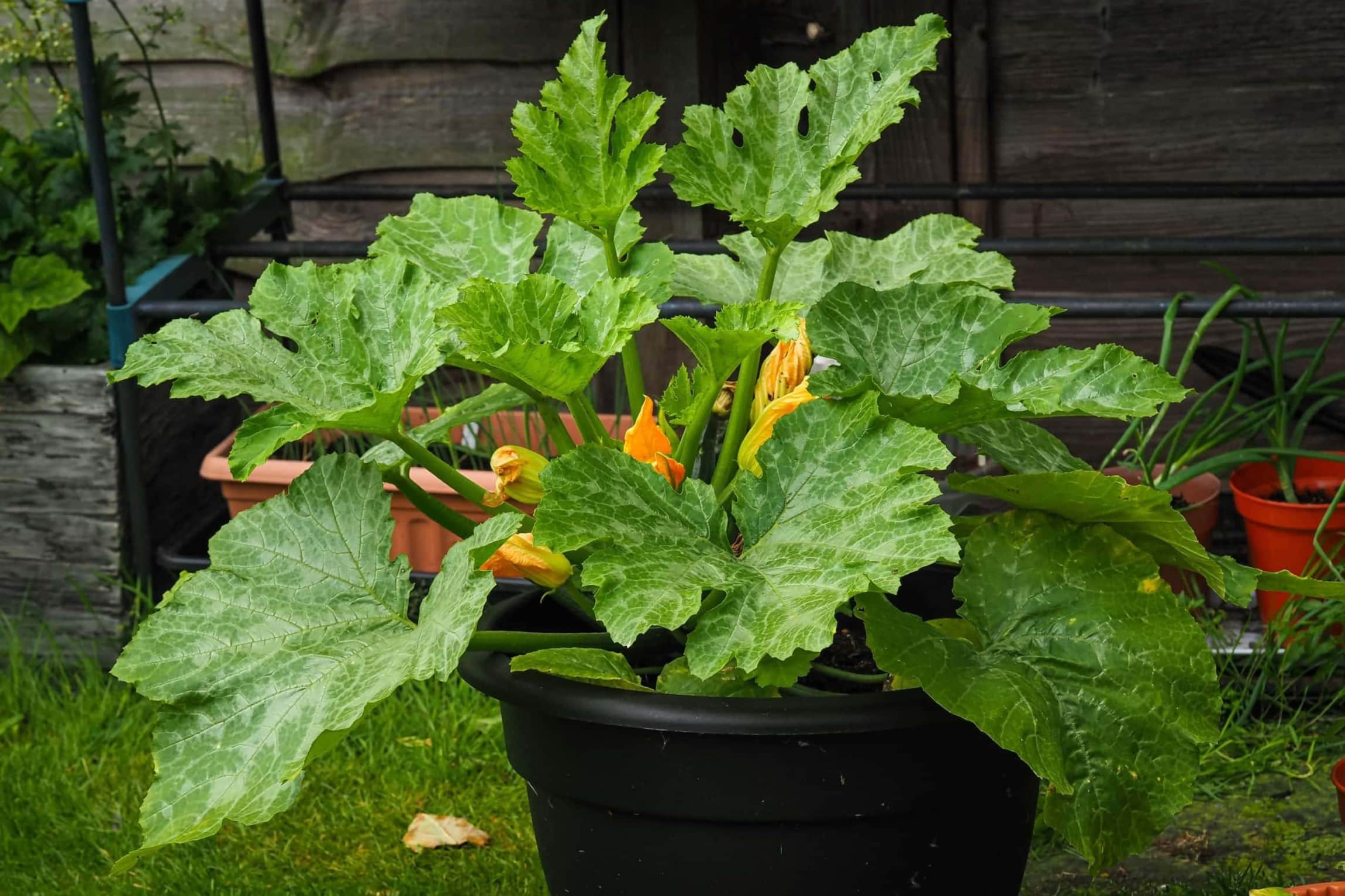

Garden Essentials
How To Plant Zucchini Seeds In Pots
Modified: April 22, 2024
Learn how to plant zucchini seeds in pots and create your own garden oasis. Discover expert tips and techniques for successful container gardening.
(Many of the links in this article redirect to a specific reviewed product. Your purchase of these products through affiliate links helps to generate commission for Storables.com, at no extra cost. Learn more)
Introduction
Gardening is a rewarding and fulfilling hobby that allows us to connect with nature and enjoy the beauty and bounty of plants. However, not everyone has access to a large outdoor garden space. Luckily, with the right knowledge and techniques, you can still grow your own delicious vegetables, even in limited spaces.
In this article, we will focus on one particular vegetable that thrives in pots – zucchini. Zucchini is a popular summer squash that is easy to grow and offers a plethora of health benefits. By planting zucchini seeds in pots, you can enjoy fresh and homegrown produce, even if you have a small balcony, patio, or porch.
Before we dive into the details of how to plant zucchini seeds in pots, let’s take a look at some of the benefits of growing zucchini in containers.
Key Takeaways:
- Grow zucchini in pots for space-saving, flexibility, and easier maintenance. Choose the right pot and soil, provide sunlight, and enjoy a bountiful harvest of delicious homegrown zucchini.
- Keep zucchini plants healthy by pruning, supporting, and monitoring for pests and diseases. Harvest regularly for the best flavor and texture, and enjoy the rewards of your container garden.
Read more: How To Plant Zucchini Seeds
Benefits of Growing Zucchini in Pots
- Space-saving: Growing zucchini in pots allows you to make the most of limited space. Even a small pot can accommodate a zucchini plant, making it ideal for urban gardeners or those with small yard spaces.
- Flexibility: Pots provide the flexibility to move your zucchini plants around to take advantage of sunlight and optimal growing conditions. This is particularly helpful if you have a shaded area that receives limited sunlight.
- Controllable environment: In a pot, you have greater control over the soil quality and moisture levels, allowing you to create an optimal growing environment for your zucchini plants.
- Pest management: Potted zucchini plants are less susceptible to pests and diseases compared to those grown in the ground. This is because containers can be placed in areas that are less accessible to common garden pests.
- Easier maintenance: With zucchini plants in pots, you can easily monitor and care for them without the hassle of dealing with weeds and other unwanted plants that often invade traditional garden beds.
Now that you know the advantages of growing zucchini in pots, let’s talk about choosing the right pots for your zucchini seeds.
Key Takeaways:
- Grow zucchini in pots for space-saving, flexibility, and easier maintenance. Choose the right pot and soil, provide sunlight, and enjoy a bountiful harvest of delicious homegrown zucchini.
- Keep zucchini plants healthy by pruning, supporting, and monitoring for pests and diseases. Harvest regularly for the best flavor and texture, and enjoy the rewards of your container garden.
Read more: How To Plant Zucchini Seeds
Benefits of Growing Zucchini in Pots
Growing zucchini in pots offers numerous benefits that make it a great option for gardeners with limited space or those looking for more flexibility in their gardening endeavors. Here are some key advantages:
- Space-saving: One of the main benefits of growing zucchini in pots is that it allows you to maximize your available space. Whether you have a small balcony, patio, or even just a windowsill, you can easily grow zucchini plants in containers. This makes it an ideal choice for urban gardeners or anyone with limited outdoor space.
- Flexibility: Potted zucchini plants offer the advantage of flexibility. Unlike traditional garden beds, pots can be easily moved to take advantage of optimal sunlight and growing conditions. If you have an area that receives limited sunlight, you can simply relocate the pots to a sunnier spot. This flexibility also allows you to protect the plants during extreme weather conditions.
- Controllable environment: With potted zucchini plants, you have more control over the growing conditions. You can choose the specific soil mix, adjust the moisture levels, and even experiment with different fertilizers. This control allows you to create an ideal environment for your zucchini plants, ensuring they receive the nutrients they need to thrive.
- Pest management: Growing zucchini in pots can help in managing common garden pests. By keeping the plants off the ground, you reduce the risk of pests like slugs and snails. Additionally, you can easily check the plants for any signs of infestation, making it easier to address pest issues before they become a major problem.
- Easier maintenance: Potted zucchini plants require less maintenance compared to those grown in traditional garden beds. With no weeds to contend with, you can focus your time and energy on caring for the zucchini plants themselves. Pruning, watering, and fertilizing are all easier to manage when the plants are in pots.
- Extended growing season: Potted zucchini plants can be moved indoors or to a greenhouse as the weather cools down, allowing you to extend the growing season and enjoy fresh zucchini even in cooler climates. This versatility in growing locations gives you greater control over the growing conditions and ensures a longer harvest.
As you can see, growing zucchini in pots brings numerous benefits. Whether you have limited space, want more control over the growing environment, or simply enjoy the flexibility of container gardening, planting zucchini seeds in pots is a practical and rewarding choice. Now that you know the advantages, let’s move on to choosing the right pots for your zucchini seeds.
Choosing the Right Pot for Zucchini Seeds
When it comes to growing zucchini in pots, selecting the right container is essential for the success of your plants. The pot you choose should provide enough space for the zucchini roots to grow and should have proper drainage to prevent waterlogging. Here are some factors to consider when choosing the right pot for your zucchini seeds:
- Size: Zucchini plants require a substantial amount of space to grow and spread their roots. It is recommended to use pots that are at least 18 inches in diameter and 18 inches deep. This will allow the zucchini plants to develop a healthy root system and provide enough room for the plant to grow and produce abundant fruits.
- Material: There are various materials available for pots, including plastic, ceramic, terracotta, and fabric. Plastic pots are lightweight, durable, and retain moisture well. Ceramic and terracotta pots are attractive but can be heavy and may require more frequent watering. Fabric pots are breathable and allow for better aeration of the roots.
- Drainage: Proper drainage is crucial for the health of your zucchini plants. Ensure that the pot you choose has drainage holes at the bottom to allow excess water to escape. If the pot does not have drainage holes, you can either drill them yourself or place a layer of gravel or broken pottery at the bottom to create a reservoir for water to collect.
- Depth: Zucchini plants have deep roots, so it is important to choose a pot that is deep enough to accommodate them. A depth of at least 18 inches is recommended to ensure proper root development and optimal growth of the plant.
- Weight: Consider the weight of the pot, especially if you plan to move it around. If you have limited mobility or need to move the pot frequently to chase the sunlight, opt for lighter materials like plastic or fabric pots.
- Number of plants: Decide how many zucchini plants you want to grow in each pot. While it is possible to grow multiple plants in a single large container, it is generally recommended to have only one zucchini plant per pot. This allows each plant to have ample space for growth and avoids overcrowding.
By considering these factors, you can choose the right pot that will provide a suitable environment for your zucchini plants. Once you have selected the pot, the next step is to prepare the soil for planting. We will discuss this in the following section.
Selecting the Right Soil for Zucchini Seeds
The success of your zucchini plants depends heavily on the quality of the soil in which they are planted. Choosing the right soil mix will provide the necessary nutrients and promote healthy growth and fruit production. Here are some factors to consider when selecting the right soil for your zucchini seeds:
- Well-draining: Zucchini plants thrive in well-draining soil. Avoid heavy clay soil that tends to hold onto excess moisture, as it can lead to root rot. Instead, opt for a soil mix that allows water to drain freely and prevents waterlogging. A mix of garden soil, compost, and perlite or vermiculite works well for providing proper drainage.
- Rich in organic matter: Zucchini plants benefit from soil that is rich in organic matter. Adding compost or well-rotted manure to the soil helps improve its fertility and moisture retention. Organic matter also enhances the soil structure, providing the zucchini plants with a strong foundation for growth.
- pH level: Zucchini plants prefer slightly acidic to neutral soil with a pH range of 6.0 to 7.0. Test the soil pH using a soil testing kit and adjust it if necessary. If the soil is too acidic, add lime to raise the pH. If it is too alkaline, sulfur or peat moss can be added to lower the pH.
- Nutrient content: Zucchini plants require a good balance of nutrients to thrive. Look for a soil mix that is enriched with essential nutrients such as nitrogen, phosphorus, and potassium. Alternatively, you can use organic fertilizers or slow-release fertilizers to provide the necessary nutrients throughout the growing season.
- Avoid contaminated soil: It is important to avoid using soil that may be contaminated with disease pathogens or harmful chemicals. If you are unsure about the quality of the soil, consider using a sterile potting mix specifically formulated for container gardening. This will minimize the risk of introducing any soil-borne diseases to your zucchini plants.
When preparing the soil for your zucchini seeds, ensure that it is loose and free of clumps. Remove any weeds or debris that may inhibit the growth of the zucchini plants. Mix in the compost or well-rotted manure to enrich the soil with organic matter and nutrients.
Remember that soil quality plays a crucial role in the success of your zucchini plants. By choosing a well-draining, nutrient-rich soil mix, you will provide an optimal environment for your zucchini seeds to germinate and thrive. Next, we will discuss how to prepare the pot for planting the zucchini seeds.
Read more: How To Plant Catnip Seeds In A Pot
Preparing the Pot for Planting Zucchini Seeds
Before planting your zucchini seeds in the pot, it is important to properly prepare the container to create an optimal environment for seed germination and plant growth. Here are some steps to follow when preparing the pot for planting zucchini seeds:
- Clean the pot: Start by cleaning the pot to remove any dirt or debris. If you are reusing a pot from a previous season, it is especially important to clean and sanitize it to prevent the spread of diseases and pests. Wash the pot with warm, soapy water and rinse thoroughly.
- Drainage holes: Ensure that the pot has proper drainage holes at the bottom to allow excess water to escape. If the pot does not have drainage holes, you can drill them yourself using a drill or create a layer of gravel or broken pottery at the bottom to create a reservoir for water to collect.
- Layer of drainage material: To further improve drainage, add a layer of coarse gravel or small stones at the bottom of the pot. This will prevent the soil from becoming waterlogged and help excess water flow out of the drainage holes.
- Add soil mix: Fill the pot with a well-draining soil mix, leaving enough space at the top to allow for watering. Use a mixture of garden soil, compost, and perlite or vermiculite to provide the zucchini plants with the nutrients they need while ensuring proper drainage.
- Moisten the soil: Before planting the zucchini seeds, moisten the soil with water. This will create a moist environment that is conducive to seed germination. Avoid oversaturating the soil, as this can lead to rotting of the seeds or the development of fungal diseases.
Once you have prepared the pot, it is time to plant your zucchini seeds. Place the seeds in the soil, following the recommended spacing guidelines on the seed packet. Cover the seeds with a thin layer of soil and gently press it down to ensure good seed-to-soil contact.
Now that the pot is ready and the zucchini seeds are planted, it’s time to provide proper care and attention to ensure their healthy growth. In the next section, we will discuss the process of planting zucchini seeds in pots.
Planting Zucchini Seeds in Pots
Planting zucchini seeds in pots is an exciting process that allows you to witness the growth of these delicious summer squash right in your own home. Here are the steps to successfully plant zucchini seeds in pots:
- Choose quality zucchini seeds: Start by selecting high-quality zucchini seeds from a reputable seed supplier or a seedling nursery. Look for varieties that are suitable for container gardening, as they tend to have compact growth habits.
- Sow the seeds: Fill the prepared pot with the well-draining soil mix, leaving enough space at the top for watering. Make small indentations in the soil about 1 inch deep and 2-3 inches apart. Place one or two zucchini seeds in each indentation, and cover them with a thin layer of soil.
- Water gently: After sowing the zucchini seeds, water the pot gently to moisten the soil. Avoid overwatering, as it can lead to soil compaction and seed rot. Keep the soil consistently moist but not waterlogged throughout the germination period.
- Provide warmth: Zucchini seeds require warmth for germination. Place the pot in a warm location, such as a sunny windowsill or a greenhouse, where the temperature is between 70-90°F (21-32°C). Use a seedling heat mat if necessary to maintain the optimum temperature range.
- Germination: Zucchini seeds typically germinate within 7-10 days. Keep an eye on the pot and ensure that the soil remains consistently moist. Once the seeds have germinated, remove any weaker seedlings, leaving only the healthiest and strongest ones in the pot.
- Thinning and spacing: If multiple zucchini seedlings emerge from one planting spot, thin them by pinching off the weaker ones at soil level, leaving only one strong seedling in each spot. This will ensure that each zucchini plant has enough space to grow and receive adequate sunlight and nutrients.
- Light and positioning: Zucchini plants require at least 6-8 hours of direct sunlight each day. Place the pot in a sunny location or use grow lights to provide the plants with sufficient light. Turn the pot occasionally to promote even growth and prevent the plants from leaning towards the light source.
As the zucchini plants grow, continue to monitor their moisture levels and water them whenever the top inch of soil feels dry. Avoid overwatering, as it can lead to root rot. Additionally, provide support, such as trellises or cages, for the zucchini vines to climb as they grow.
With proper care and attention, your zucchini seeds will grow into healthy and productive plants. In the next sections, we will discuss essential aspects of caring for zucchini plants in pots, including watering, fertilizing, and providing adequate sunlight.
When planting zucchini seeds in pots, make sure to use a well-draining soil mix and place the pots in a sunny location. Water the seeds regularly and provide support for the growing plants as they get larger.
Watering and Fertilizing Zucchini Plants in Pots
Watering and fertilizing are crucial aspects of caring for zucchini plants in pots. Proper watering ensures that the plants receive adequate moisture, while fertilizing provides them with essential nutrients for healthy growth and abundant fruit production. Here are some tips for watering and fertilizing your zucchini plants:
- Watering: Zucchini plants need consistent moisture, but it is important to avoid overwatering. Before watering, check the moisture level of the soil by sticking your finger about an inch into the soil. If it feels dry at this depth, it’s time to water. Water the pot thoroughly, ensuring that the soil is evenly moist. Avoid getting the leaves wet, as this can lead to fungal diseases. Additionally, it is important to provide good drainage to prevent waterlogging, which can cause root rot.
- Watering frequency: The frequency of watering will depend on various factors such as the size of the pot, weather conditions, and the stage of plant growth. As a general rule, water your zucchini plants deeply when the top inch of soil feels dry. Watering every 2-3 days is a good starting point, but adjust the frequency based on the moisture level of the soil.
- Fertilizing: Zucchini plants are heavy feeders and require regular fertilization to thrive. Start by incorporating organic matter, such as compost or well-rotted manure, into the soil mix before planting. This will provide a good initial boost of nutrients. As the plants grow, you can supplement with additional fertilizers. Use a balanced, slow-release organic fertilizer or liquid fertilizer formulated for vegetables, following the instructions on the package. Apply the fertilizer according to the recommended dosage, usually every 2-3 weeks, to ensure continuous nutrient supply.
- Fertilizer ratio: Look for a fertilizer with a balanced nutrient ratio, such as 10-10-10 or 14-14-14, which provides equal proportions of nitrogen (N), phosphorus (P), and potassium (K). These macronutrients are essential for healthy plant growth, root development, and fruit production. Additionally, zucchini plants benefit from a boost of potassium during flowering and fruiting, so consider using a fertilizer with a higher potassium (K) content during these stages.
- Organic alternatives: If you prefer organic options, you can use natural fertilizers such as compost tea, fish emulsion, or seaweed extract. These organic fertilizers gradually release nutrients into the soil and promote a healthy and balanced soil ecosystem.
In addition to regular watering and fertilizing, it is important to monitor the overall health of your zucchini plants. Keep an eye out for any signs of nutrient deficiencies or pest infestations, and take appropriate action to address them promptly.
By providing consistent moisture and adequate nutrients, you will ensure the healthy growth and productivity of your zucchini plants. In the next section, we will discuss the importance of providing adequate sunlight for your potted zucchini plants.
Providing Adequate Sunlight for Zucchini Plants in Pots
Adequate sunlight is crucial for the successful growth and fruit production of zucchini plants. As potted plants, zucchini require sufficient exposure to sunlight to thrive. Here are some tips for providing adequate sunlight for your zucchini plants:
- Choose a sunny location: Select a location for your potted zucchini plants that receives at least 6-8 hours of direct sunlight each day. Ideally, this area should have full sun exposure throughout the day. Observe the area at different times to ensure it receives adequate sunlight without being excessively shaded by buildings, trees, or other structures.
- Monitor the sunlight: Place the pots in a location where they receive the maximum amount of sunlight. Keep in mind that the angle and intensity of the sun change throughout the year, so periodically assess and adjust the positioning of the pots to optimize sunlight exposure for your zucchini plants.
- Consider grow lights: If you don’t have access to a sunny outdoor area, or if the sunlight in your location is limited, you can supplement natural light with artificial grow lights. LED or fluorescent grow lights can provide the necessary light spectrum for optimal plant growth. Position the lights a few inches above the plants and adjust the height as the plants grow to maintain an appropriate light intensity.
- Rotate the pots: To ensure even growth and prevent the plants from leaning towards the light source, rotate the pots regularly. This will help all parts of the plant receive consistent sunlight and minimize the risk of uneven growth or elongated stems.
- Protect from extreme heat: While zucchini plants love sunlight, they can also be sensitive to extreme heat, especially during hot summer days. If the temperatures soar above 90°F (32°C), consider providing some shade or moving the pots to a slightly shaded area to protect the plants from heat stress.
Remember that zucchini plants depend on sunlight for photosynthesis, which fuels their growth and development. Adequate sunlight promotes healthy foliage, strong stems, and abundant fruit production. By providing the right amount of sunlight, you will give your zucchini plants the best chance to thrive in pots.
In the next section, we will discuss the importance of pruning and supporting your zucchini plants in pots.
Read more: How Many Herb Seeds To Plant In A Pot
Pruning and Supporting Zucchini Plants in Pots
Pruning and providing support for your zucchini plants in pots are essential practices that help promote healthy growth, prevent overcrowding, and maximize the yield of delicious zucchinis. Here are some tips on pruning and supporting your zucchini plants:
- Remove the lateral branches: As your zucchini plants grow, they will produce lateral branches that can compete for nutrients and obstruct airflow. To promote better air circulation and prevent overcrowding, remove the lateral branches that are growing close to the base of the plant. Use clean and sharp gardening shears or pruners to make clean cuts at the base of each branch.
- Pinch off the excessive growth: Zucchini plants are vigorous growers and can quickly become unruly. To keep them in check and redirect their energy towards fruit production, pinch off the excessive growth from the tips of the main vines. This helps to promote side branching and encourages the plant to focus on developing more fruits.
- Support the main vine: Due to their sprawling growth habit, zucchini plants benefit from support to keep their main vine off the ground. Use stakes, trellises, or cages to provide support for the main vine and prevent it from sprawling along the surface. This not only saves space but also helps protect the fruits from rotting when in contact with the ground.
- Train the vines: As the zucchini plant grows, gently guide the vines along the supports to help them stay upright. Tying the vines using soft garden ties or strips of cloth can help secure them to the support structure. This encourages vertical growth and prevents the vines from sprawling or taking over other nearby plants.
- Regularly inspect for support: Regularly inspect the support system to ensure that it is sturdy and can bear the weight of the growing plant and its fruits. Make any necessary adjustments or repairs to maintain the stability of the support structure. This is especially important as the zucchini plants produce more fruits, which can add additional weight to the vines.
Pruning and supporting your zucchini plants not only improve their overall health and appearance but also make it easier to manage and harvest the fruits. By providing proper support, you ensure that the zucchini plants have good airflow and sufficient space for optimal growth.
In the next section, we will discuss how to deal with potential pests and diseases that may affect your zucchini plants in pots.
Dealing with Pests and Diseases in Zucchini Plants in Pots
Like any other garden plants, zucchini plants in pots are susceptible to various pests and diseases. However, with proper monitoring and timely action, you can effectively deal with these issues and keep your zucchini plants healthy. Here are some common pests and diseases that may affect zucchini plants in pots, along with strategies to manage them:
- Aphids: Aphids are small, sap-sucking insects that can cluster on the undersides of leaves and cause stunted growth. To control aphids, you can use insecticidal soap or a neem oil spray. Alternatively, blast them off the plant with a strong stream of water or introduce natural predators like ladybugs.
- Cucumber beetles: Cucumber beetles are small yellow-green or black beetles that feed on the leaves, blossoms, and fruits of zucchini plants. Hand-picking and disposing of these pests can be effective, or you can apply an insecticidal spray labeled for cucumber beetles. Covering your plants with row covers can also prevent them from infesting your zucchini plants.
- Fungal diseases: Zucchini plants are vulnerable to fungal diseases such as powdery mildew or downy mildew, which cause white powdery or grayish patches on the leaves. To prevent these diseases, water your plants early in the day to allow the leaves to dry, improve air circulation by pruning crowded foliage, and apply organic fungicides as a preventative measure.
- Vine borers: Vine borers are the larvae of certain moths that can bore into zucchini stems, causing wilting and plant decline. To prevent vine borers, place a physical barrier, such as aluminum foil or pantyhose, around the base of the plant to block the adult moths from laying eggs. If you notice any affected stems, carefully remove and destroy them to control the infestation.
- Root rot: Overwatering or poorly draining soil can lead to root rot, causing the zucchini plant’s roots to become mushy and eventually die. To prevent root rot, ensure proper drainage by using well-draining soil, not overwatering, and providing adequate spacing between pots to encourage airflow.
Regularly inspect your zucchini plants for any signs of pests or diseases. Early detection and intervention are crucial for effective management. Consider organic pest control methods, such as companion planting with pest-repellent herbs, using natural predators, or employing organic sprays when necessary.
Remember, maintaining a healthy growing environment, including proper watering and fertilization, can strengthen your zucchini plants’ natural defenses against pests and diseases. In the next section, we will discuss the essential steps of harvesting zucchini from pots.
Harvesting Zucchini from Pots
Harvesting zucchini from pots is an exciting and rewarding moment in your gardening journey. Knowing when and how to harvest zucchini ensures that you pick the fruits at their peak flavor and texture. Here are some essential steps to harvest zucchini from your pots:
- Observe the size: Zucchini is typically harvested when it reaches a length of 6-8 inches (15-20 cm). At this size, the zucchini is tender, flavorful, and at its best for consumption. Avoid letting the zucchini grow too large, as they can become tough and fibrous.
- Inspect the color and texture: Look for zucchini that has a vibrant green color and smooth skin. Avoid harvesting zucchini with blemishes, mold, or soft spots, as these could indicate rot or disease. The skin should be firm but not overly hard or wrinkled.
- Use a sharp knife or pruners: To harvest the zucchini, use a sharp knife or pruners to cut the stem just above the zucchini’s base. Be careful not to damage the plant while doing so. Harvesting from the base encourages the production of new fruits and promotes continuous yield.
- Harvest regularly: Harvest your zucchini regularly, ideally every 2-3 days, as they can quickly grow in size. Allowing zucchini to grow too large not only affects their taste and texture but can also divert the plant’s energy from producing more fruits.
- Enjoy fresh or store properly: Freshly harvested zucchini is incredibly versatile and can be used in various dishes. It can be grilled, baked, sautéed, or even enjoyed raw in salads. If you have an abundant harvest, you can store unwashed zucchini in the refrigerator for up to a week in a perforated plastic bag or wrapped in a damp paper towel.
Keep in mind that regular harvesting not only provides you with a bountiful supply of zucchini but also helps to prevent the fruits from becoming too large or overripe, which can impact the plant’s productivity. Remember to remove any overgrown or damaged zucchini from the plant to maintain its health and encourage continued fruiting.
Congratulations on growing and harvesting your own zucchini in pots! In the next section, we will conclude our guide with a summary of the benefits and tips for successful zucchini gardening in containers.
Conclusion
Growing zucchini in pots is a fantastic way to enjoy homegrown produce, even if you have limited garden space. The benefits of cultivating zucchini in containers are numerous, from saving space to providing flexibility and easier maintenance. By following the right techniques and practices, you can successfully grow healthy and abundant zucchini plants right in your own home.
Choosing the right pot for your zucchini seeds is crucial for their growth and development. Ensure that the pot allows for proper drainage and has enough space for the roots to spread. Selecting the right soil mix, rich in organic matter and well-draining, will provide your zucchini plants with the necessary nutrients and support their health and productivity.
Preparing the pot before planting zucchini seeds, by cleaning and adding a layer of drainage material, sets a solid foundation for successful growth. Planting the seeds at the right depth and providing adequate moisture and sunlight are essential for their germination and growth. As the plants mature, pruning and supporting them will encourage healthy foliage, efficient fruit production, and better airflow.
Proper watering and fertilization are crucial for the overall health of your zucchini plants. Regularly monitor moisture levels and provide water as needed. Supplement with organic fertilizers or compost for optimal nutrient supply. Adequate sunlight is also vital, as zucchini plants require several hours of direct sunlight each day. Position the pots in a sunny location or consider using artificial grow lights if sunlight is limited.
Vigilance in identifying and addressing potential pests and diseases is important to ensure the well-being of your zucchini plants. Monitor your plants regularly and take appropriate measures, whether through organic pest control methods or preventative actions, such as companion planting and proper plant hygiene.
Finally, harvesting zucchini at the right time, when they reach a suitable size and have vibrant green color and firm skin, ensures the best flavor and texture. Regular harvesting allows for continuous yield and encourages the production of more fruits.
Growing zucchini in pots is a delightful experience that offers a rewarding garden-to-table journey. It provides you with the opportunity to savor the delicious taste of homegrown zucchini while enjoying the beauty of gardening in limited spaces. So, grab your pots, choose your zucchini seeds, and embark on this exciting adventure!
Frequently Asked Questions about How To Plant Zucchini Seeds In Pots
Was this page helpful?
At Storables.com, we guarantee accurate and reliable information. Our content, validated by Expert Board Contributors, is crafted following stringent Editorial Policies. We're committed to providing you with well-researched, expert-backed insights for all your informational needs.
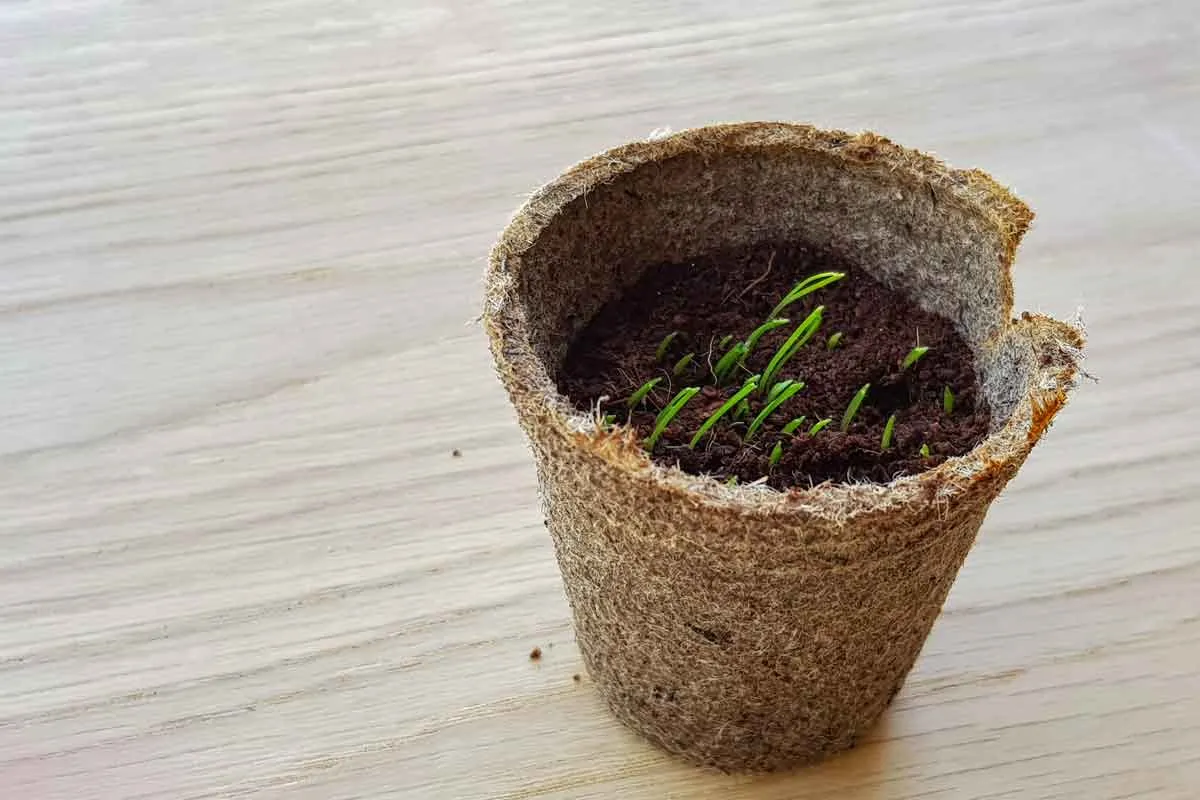
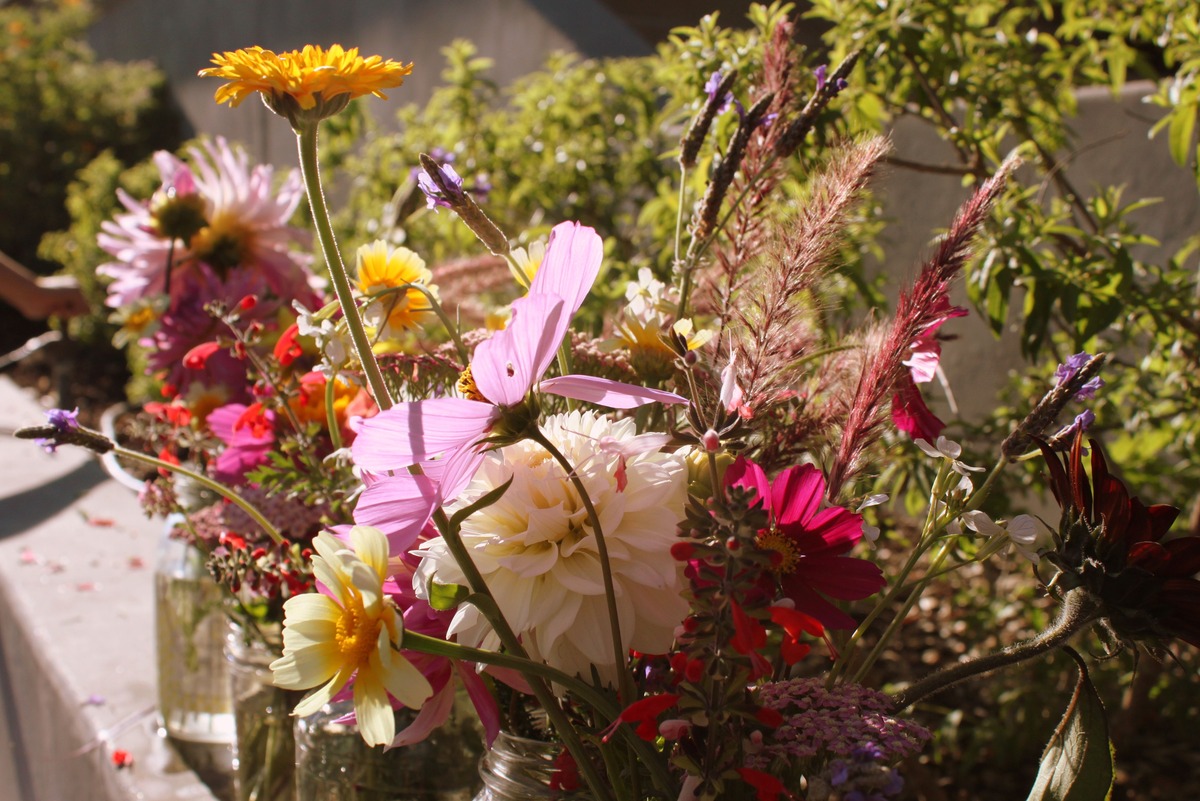
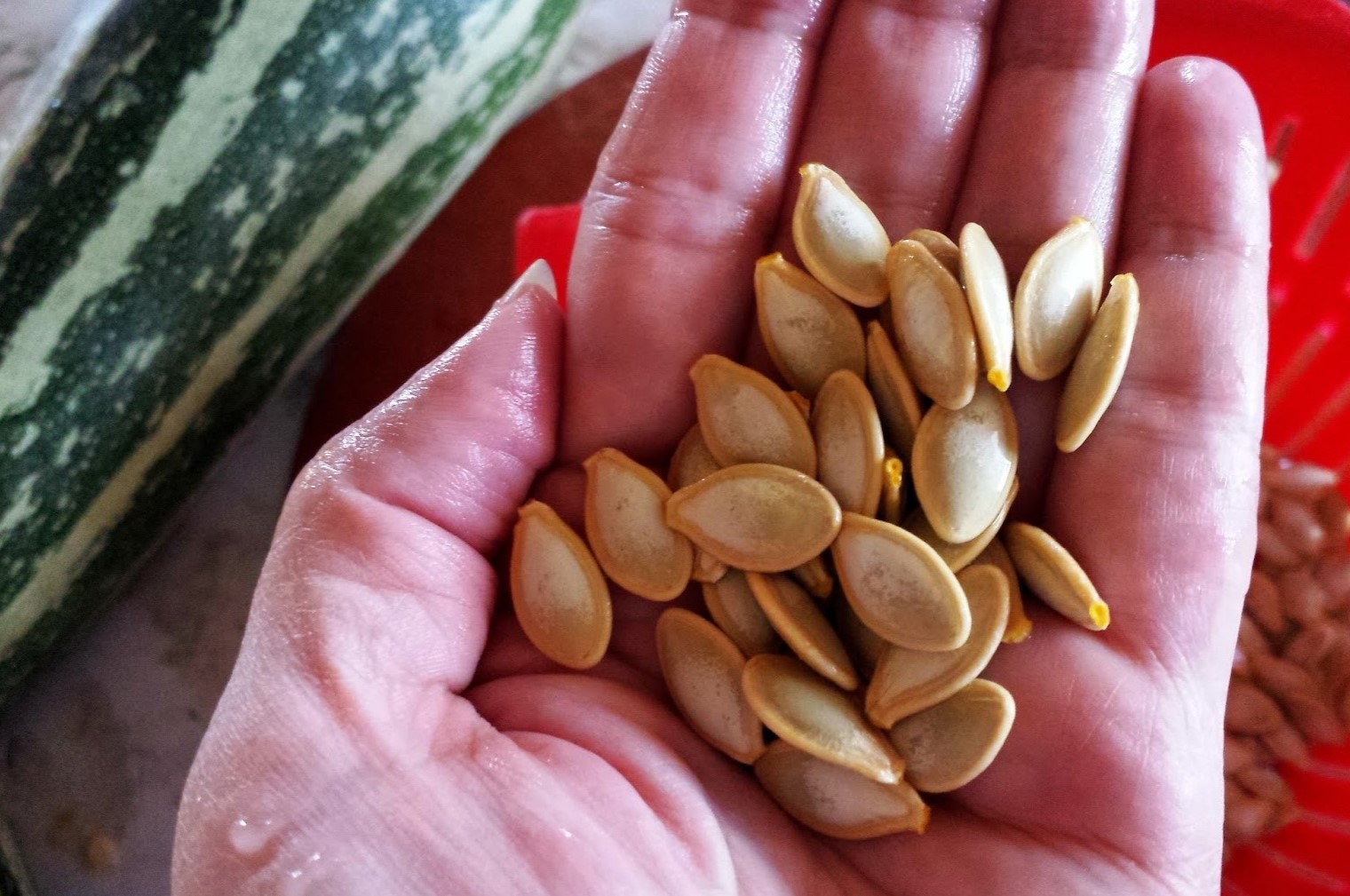
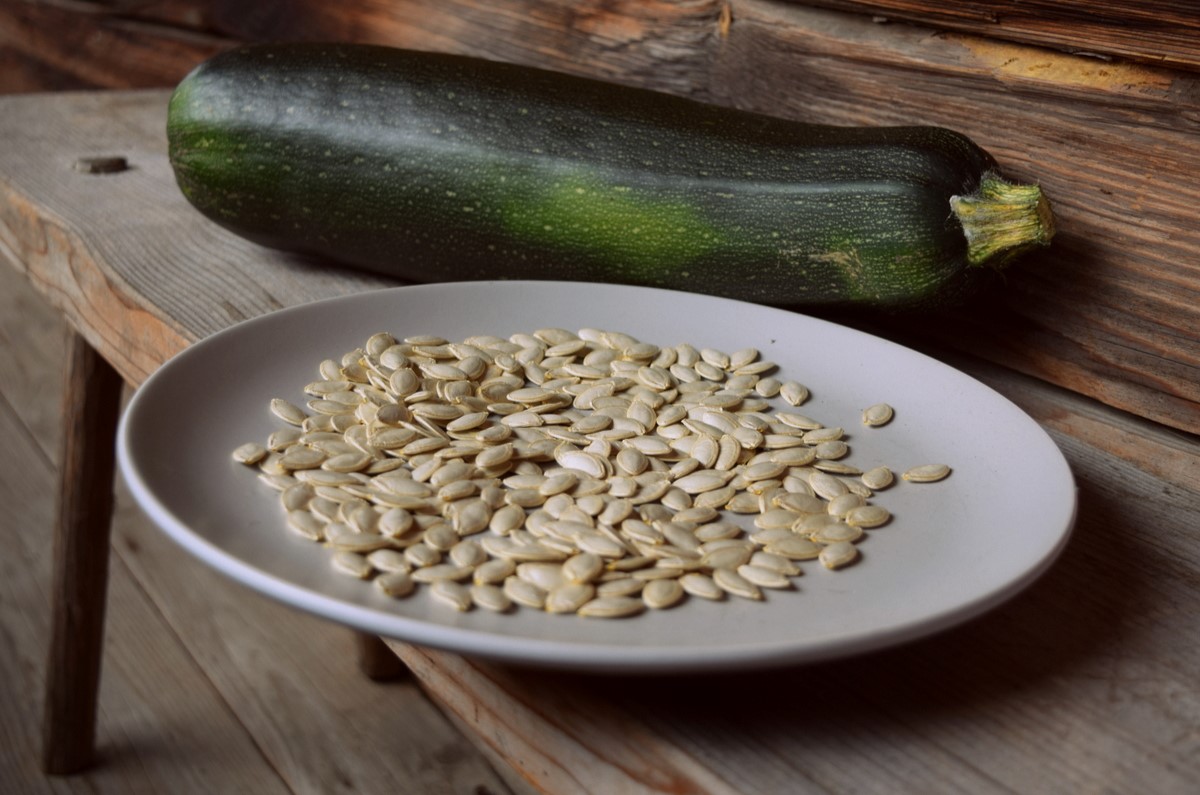
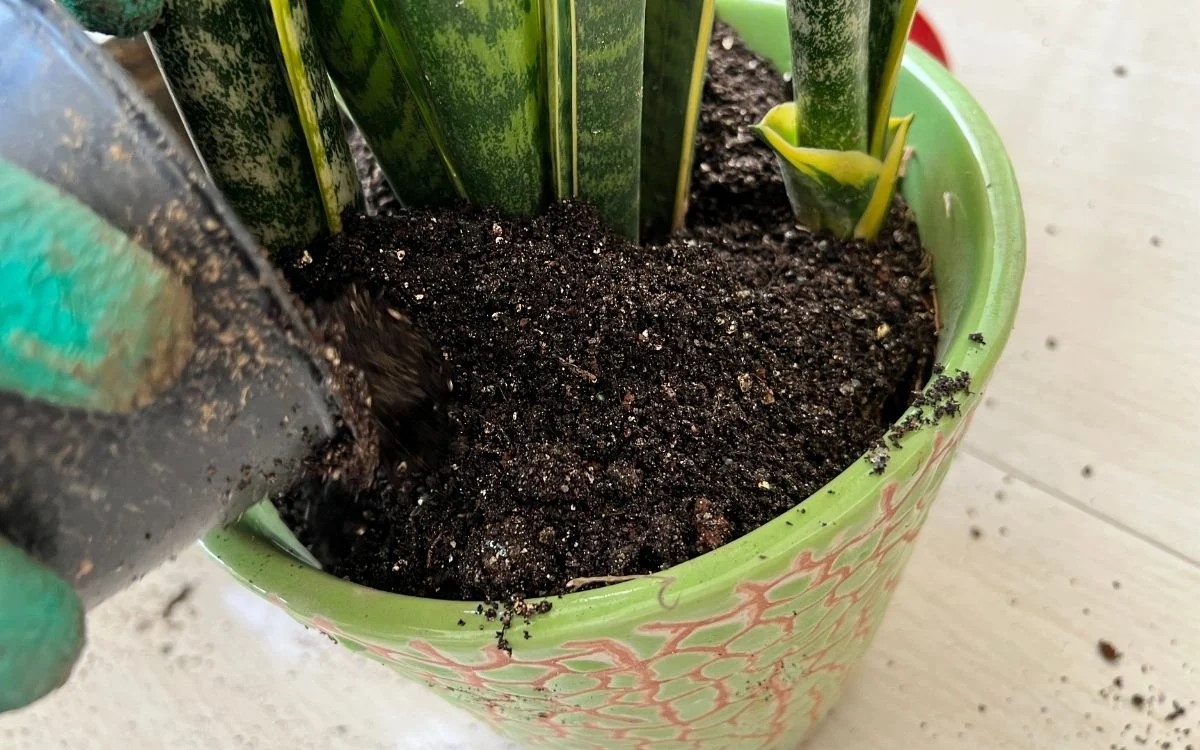
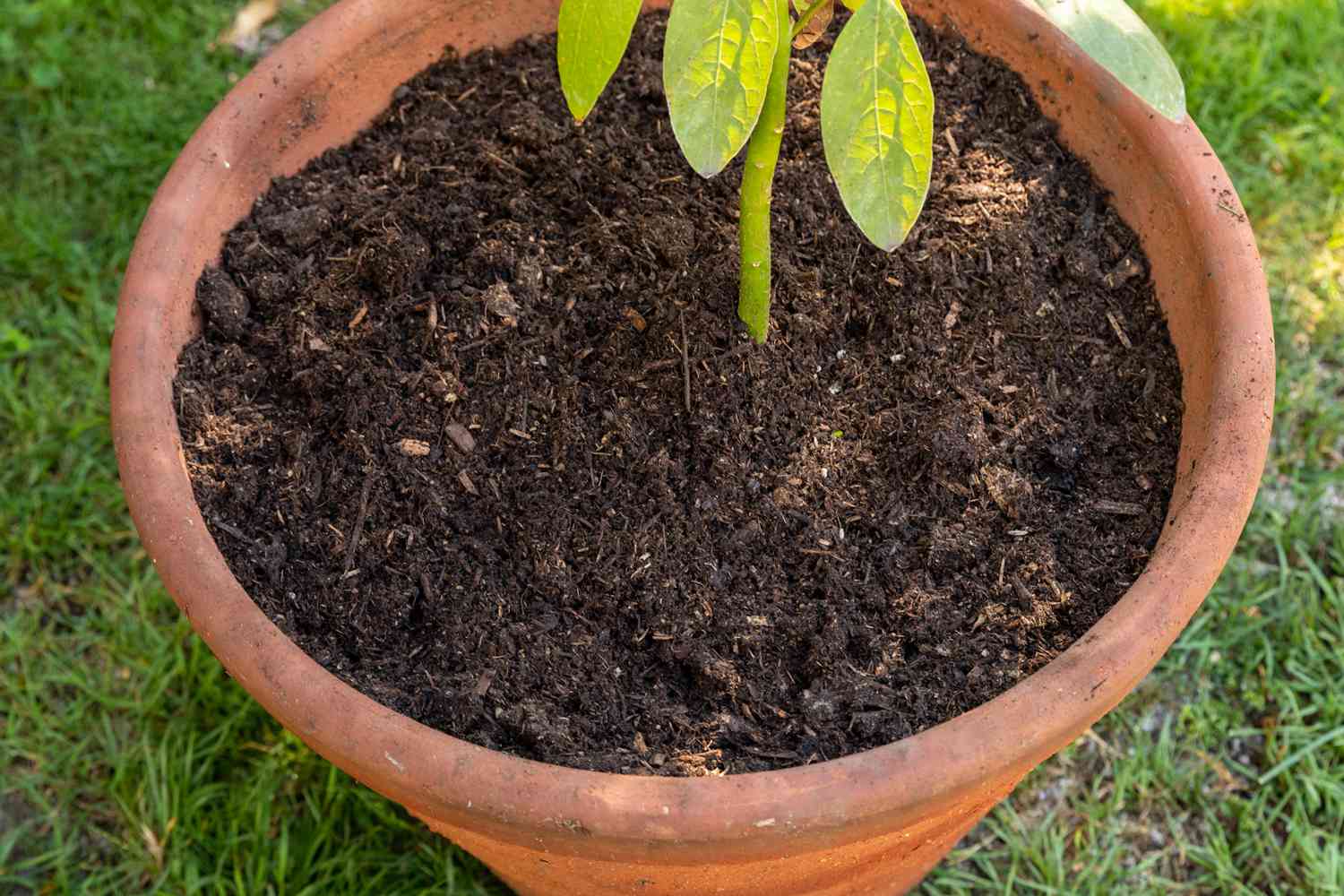
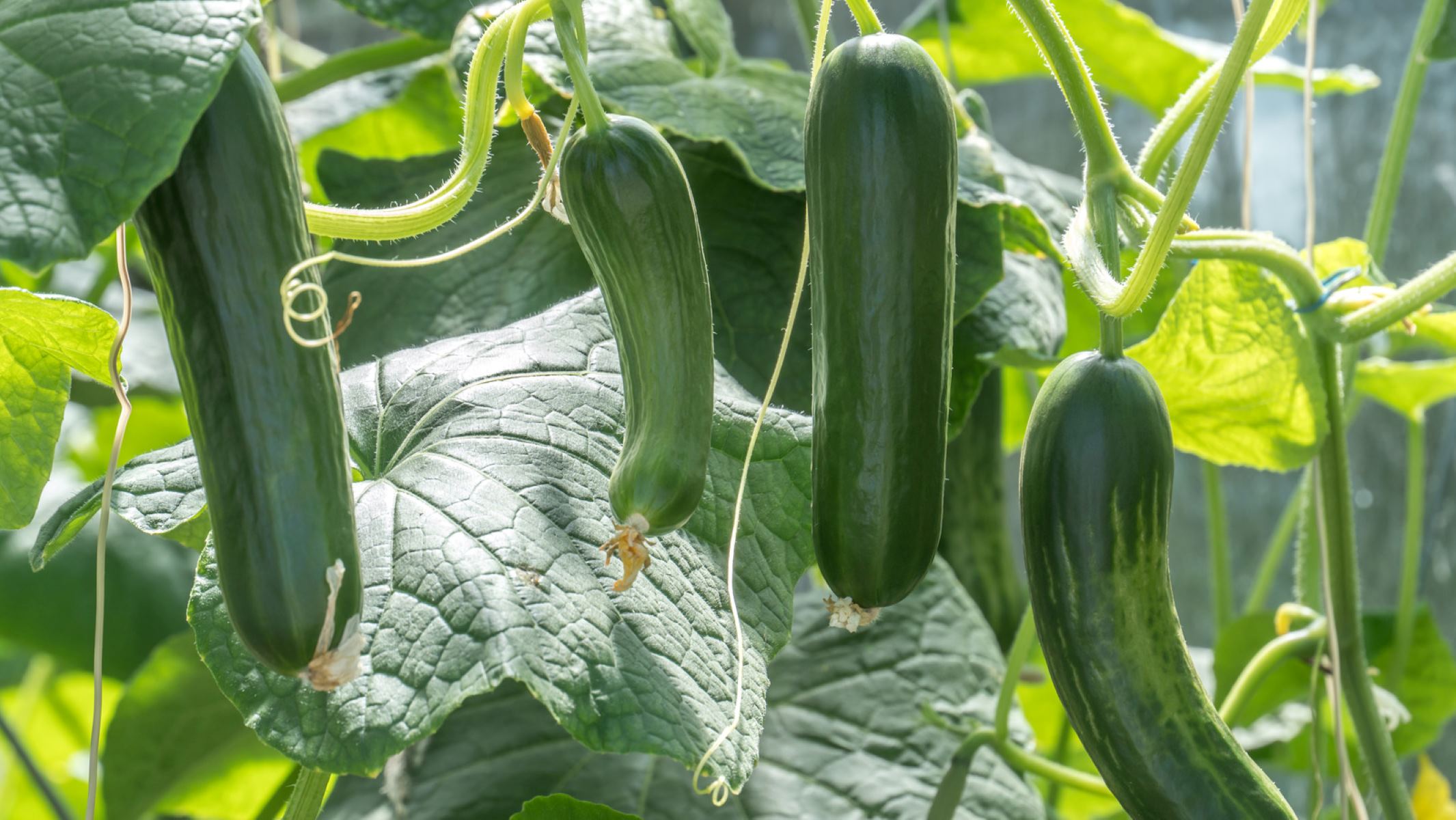
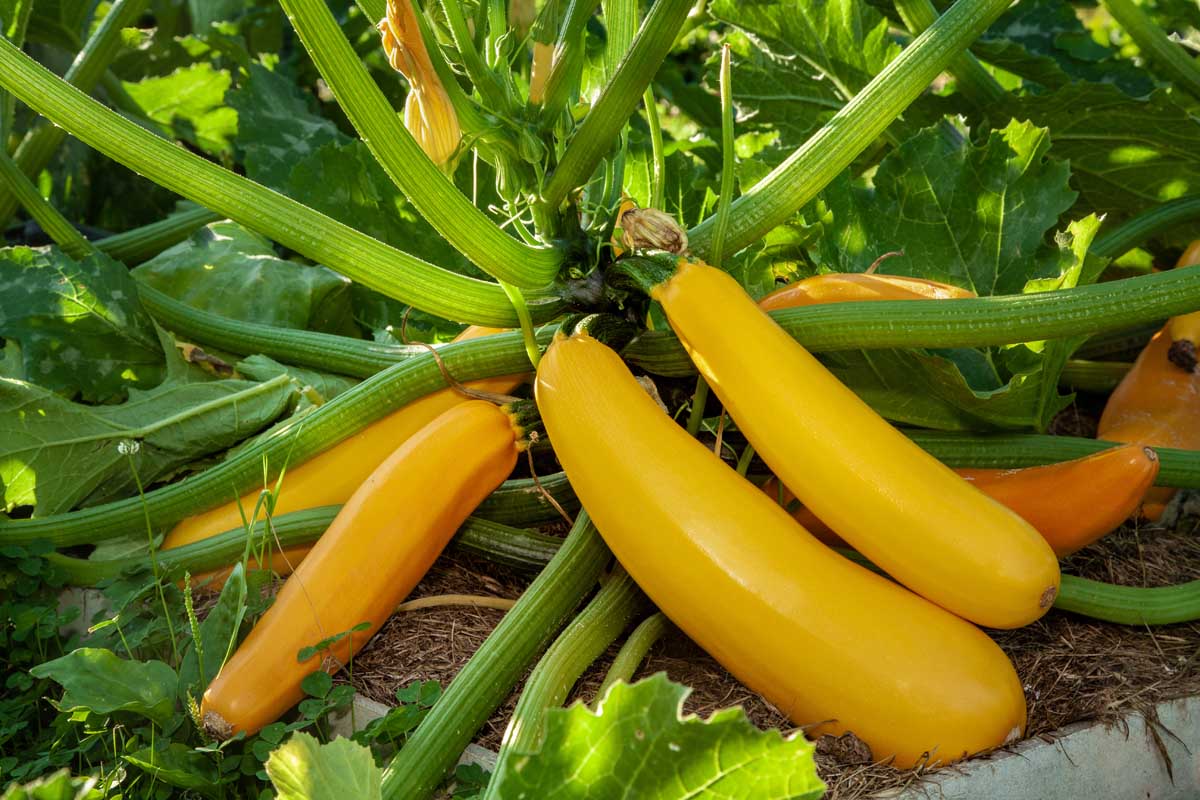
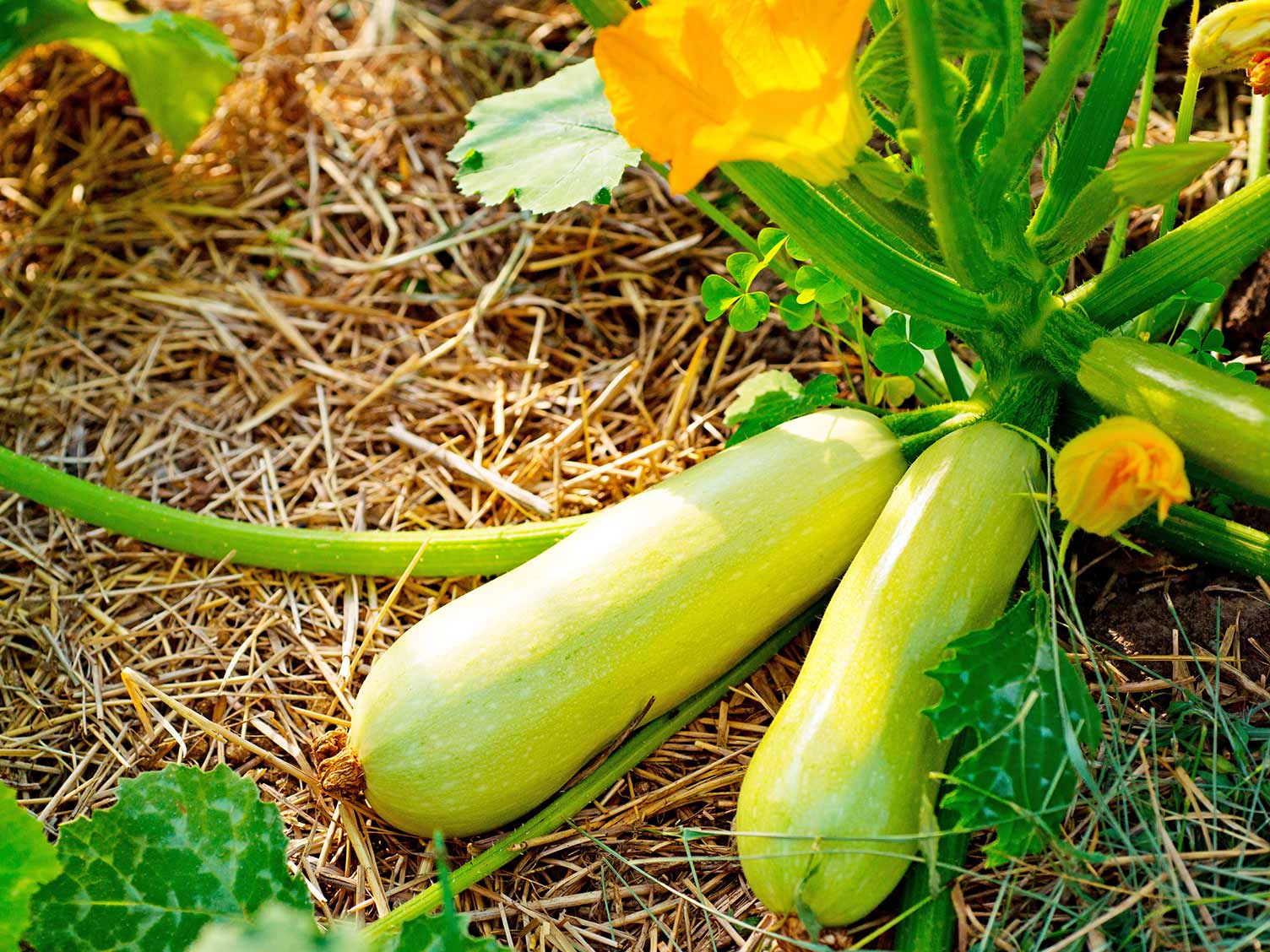
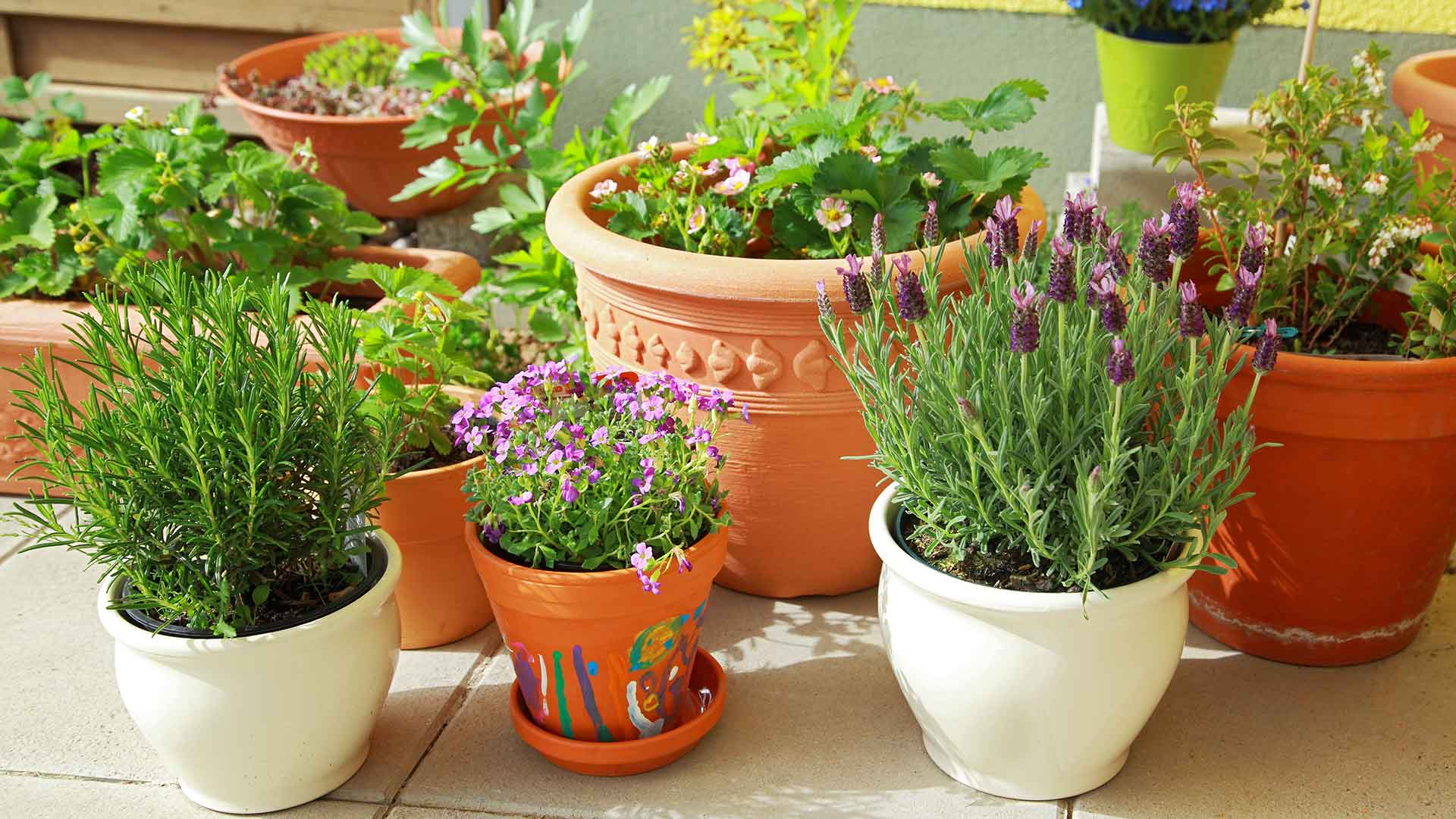

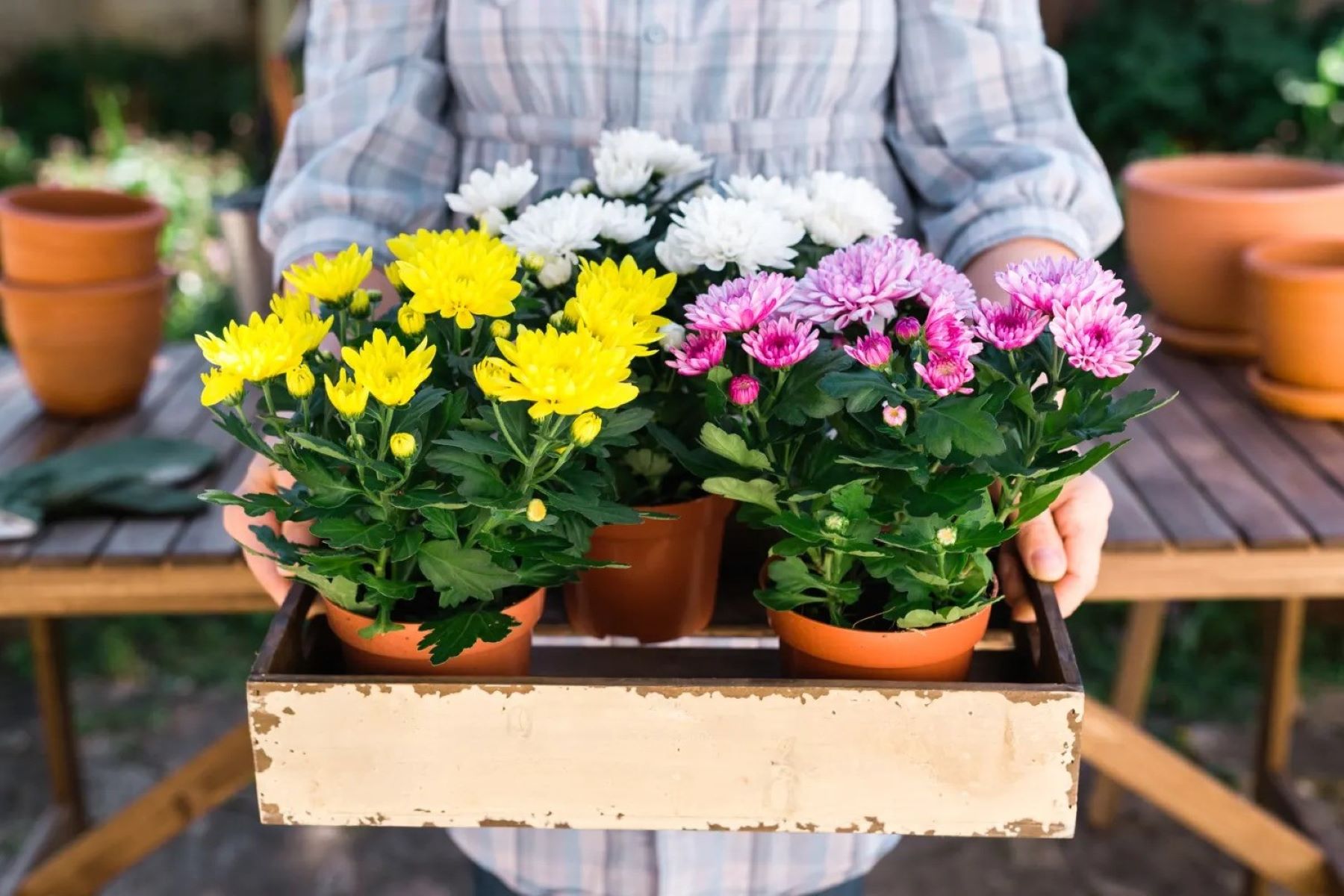
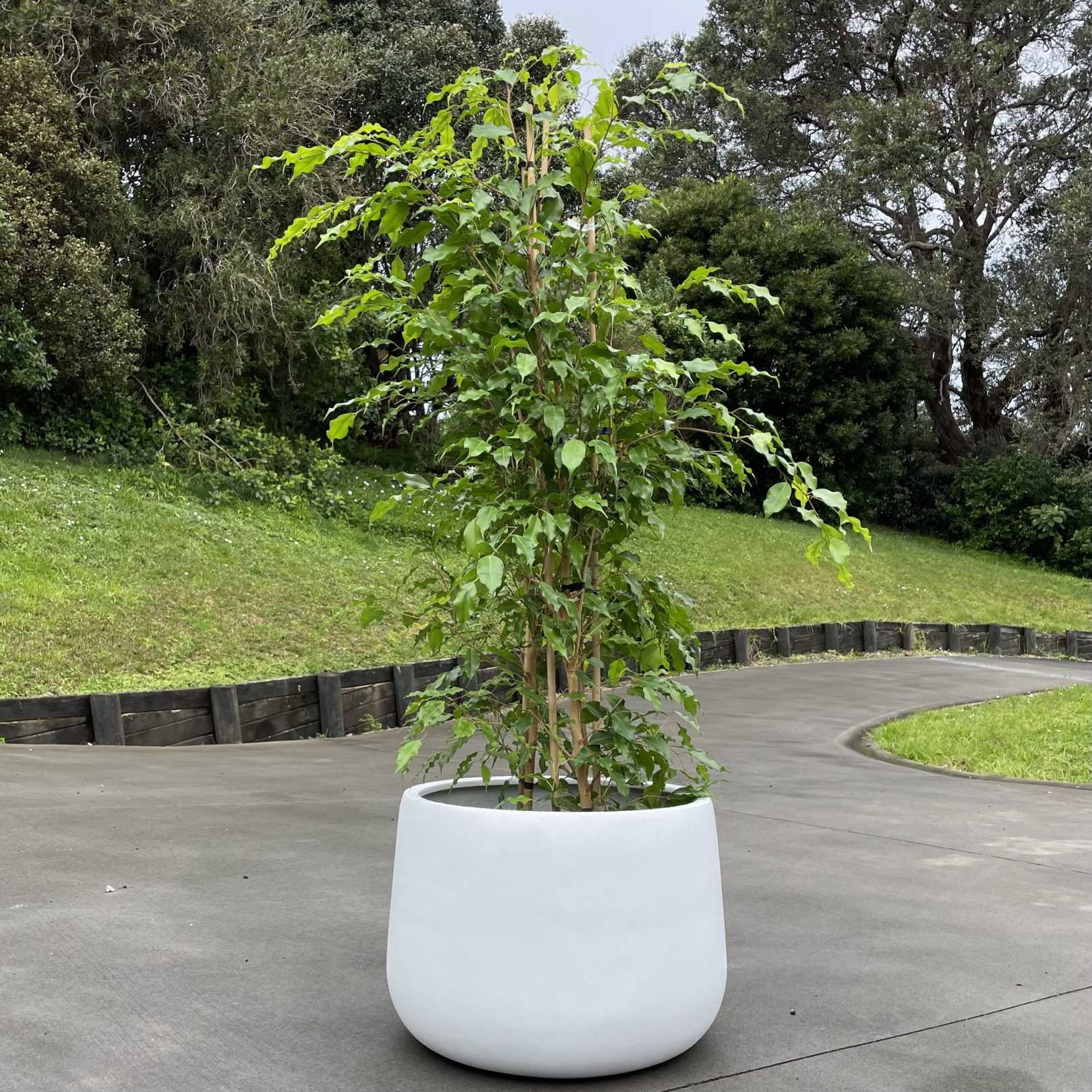

0 thoughts on “How To Plant Zucchini Seeds In Pots”